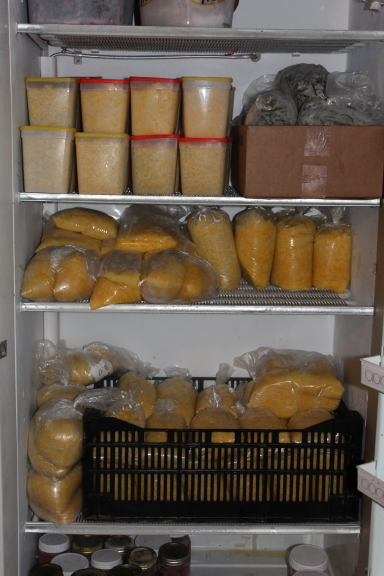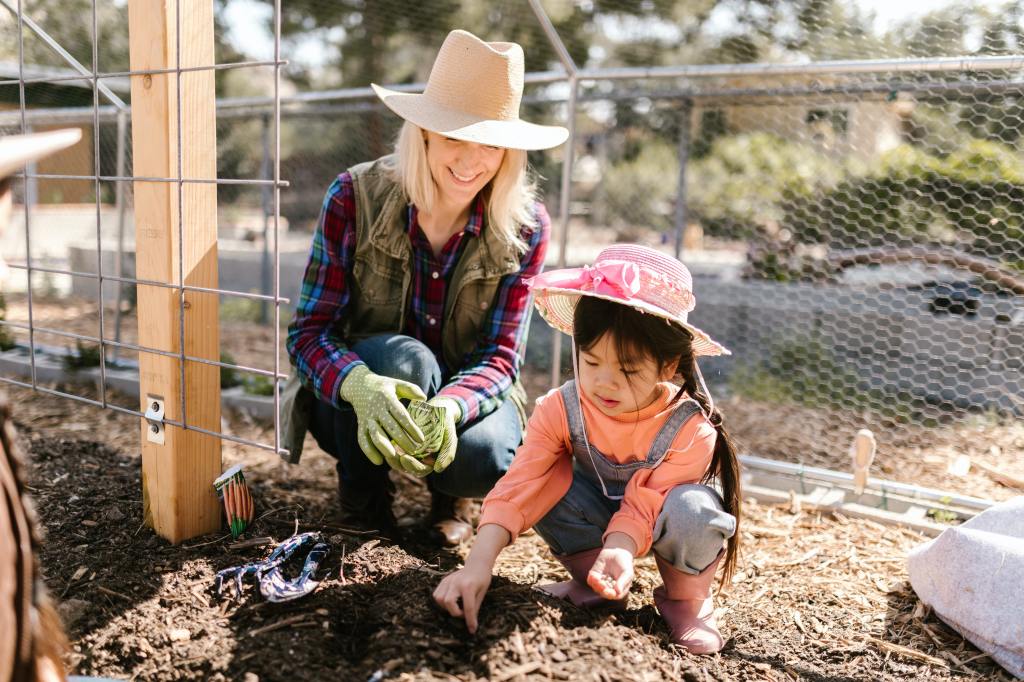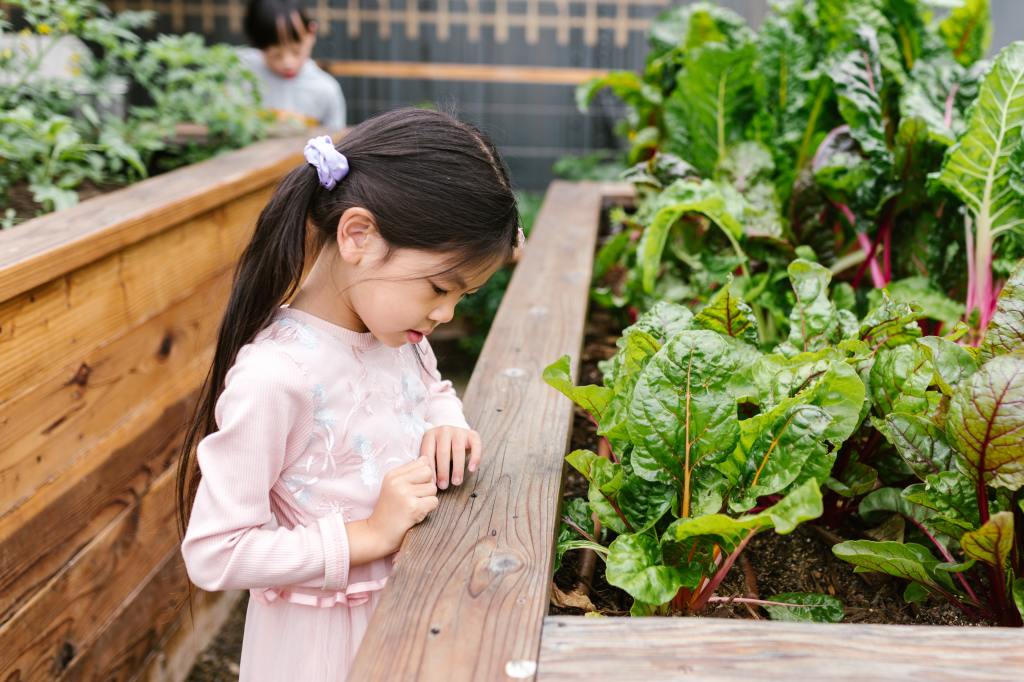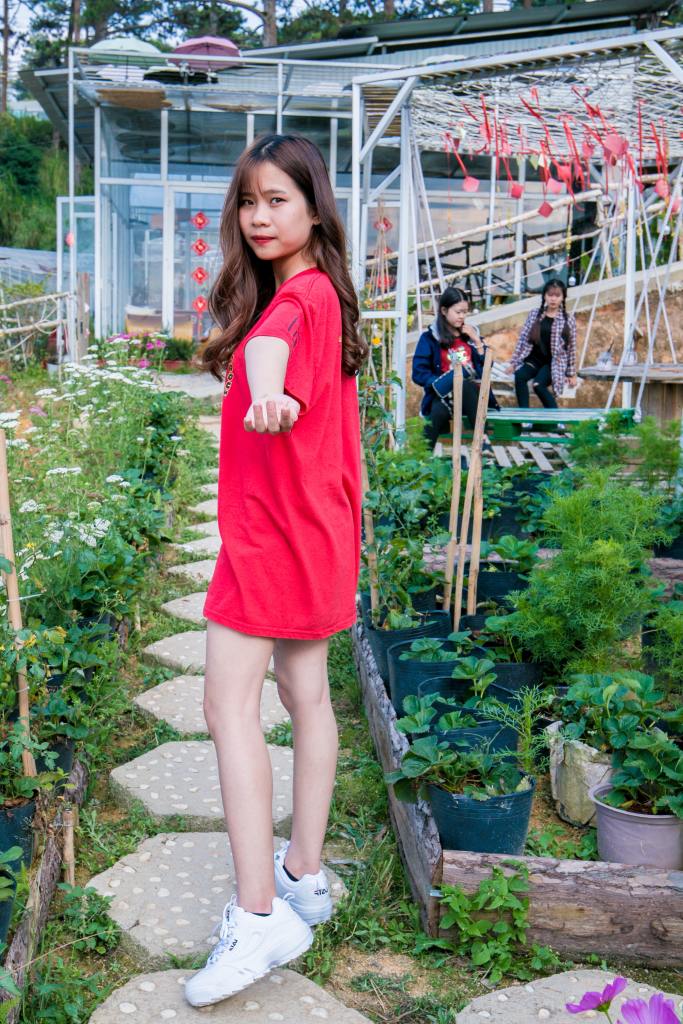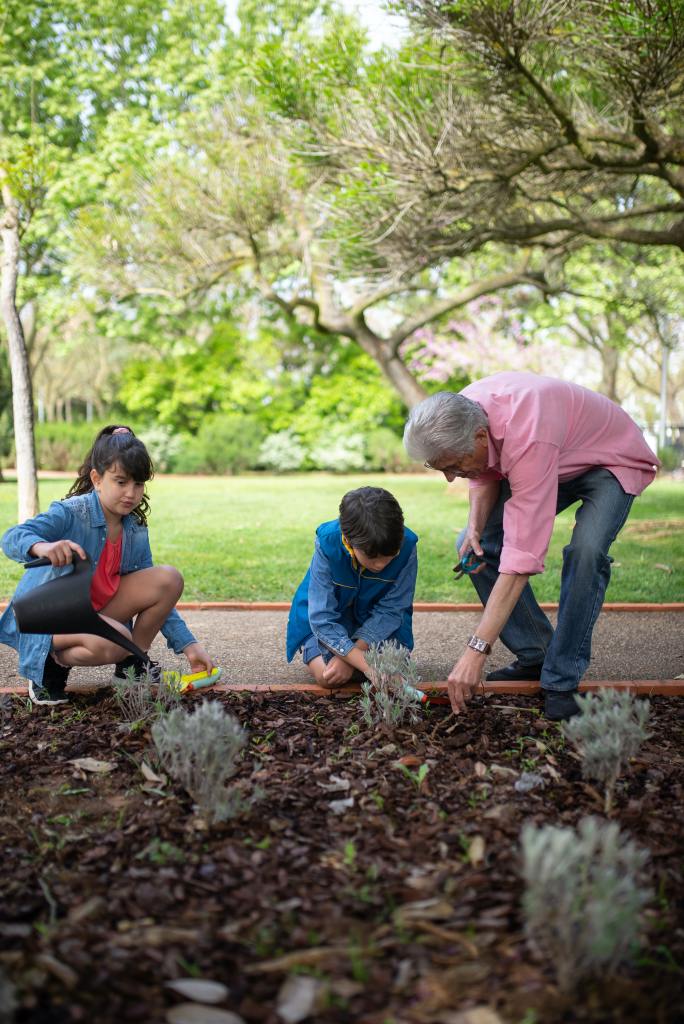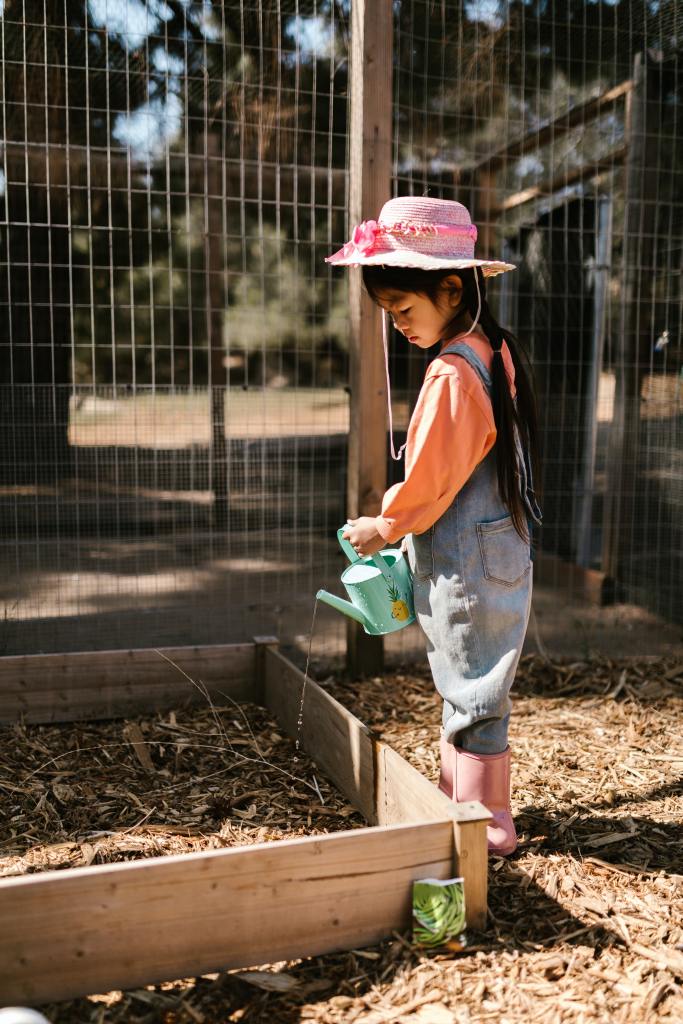Introduction to gardening
Gardening is a timeless practice that has been cherished by individuals across the globe for centuries. It is a therapeutic and rewarding activity that allows individuals to connect with nature, cultivate their own plants, and create beautiful outdoor spaces. Whether you have a sprawling backyard or a small balcony, gardening can be enjoyed by anyone. In this article, we will explore the top 10 reasons why gardening should be on your to-do list.
Health benefits of gardening
Gardening offers numerous health benefits that can improve your physical and mental well-being. Firstly, it is a great form of exercise. Digging, planting, and weeding require physical effort, helping you burn calories and build strength. Additionally, spending time outdoors exposes you to sunlight, which boosts your vitamin D levels and promotes bone health.

Furthermore, gardening has been shown to reduce stress and anxiety. The act of nurturing plants and being surrounded by nature has a calming effect on the mind. Studies have even shown that spending time in green spaces can lower blood pressure and reduce the risk of heart disease. Gardening also provides an opportunity to disconnect from the digital world and practice mindfulness, allowing you to relax and find inner peace.
Stress relief through gardening
In today’s fast-paced and technology-driven world, stress has become a common affliction. Fortunately, gardening offers a natural and effective way to relieve stress and find solace. The act of tending to plants and watching them grow can be incredibly therapeutic. It allows you to focus on the present moment and escape from the pressures of daily life.
Gardening provides a sense of accomplishment and fulfillment as you witness the fruits of your labor. Whether it’s planting seeds, nurturing seedlings, or harvesting vegetables, each step of the gardening process brings a sense of joy and satisfaction. The rhythmic and repetitive actions involved in gardening, such as watering and weeding, can also have a meditative effect, helping to calm the mind and reduce stress levels.
Gardening as a sustainable practice
In an era where sustainability is of utmost importance, gardening offers an opportunity to contribute to a greener and more eco-friendly world. By growing your own plants, you can reduce your carbon footprint and minimize your reliance on commercially-grown produce. Gardening allows you to cultivate organic fruits, vegetables, and herbs without the use of harmful pesticides and chemicals.

Join the list
Join hundreds of our subscribers and be the first to know about new content and special offers.
Additionally, gardening encourages biodiversity by providing a habitat for beneficial insects, birds, and other wildlife. By creating a diverse and thriving ecosystem in your garden, you contribute to the preservation of native species and promote a healthier environment. Furthermore, composting kitchen scraps and using organic fertilizers enriches the soil and reduces the need for synthetic fertilizers, making gardening a sustainable and environmentally-friendly practice.

Gardening for food security
With concerns about food security on the rise, growing your own food has become increasingly important. By cultivating a vegetable garden, you can ensure a steady supply of fresh and nutritious produce for yourself and your family. This not only reduces your dependence on grocery stores but also allows you to have control over the quality and safety of the food you consume.
Additionally, gardening promotes self-sufficiency and resilience. In times of economic instability or natural disasters, having a well-stocked garden can provide a sense of security and alleviate food shortages. By growing your own food, you become less reliant on external food sources, which is not only beneficial for you but also contributes to the overall food security of your community.
Connecting with nature through gardening
In our modern urbanized society, it is easy to become disconnected from nature. Gardening offers a way to reconnect with the natural world and foster a deeper appreciation for the environment. Spending time outdoors, surrounded by plants and flowers, allows you to observe the beauty of nature up close and develop a sense of awe and wonder.
Gardening provides an opportunity to learn about the intricate processes of the natural world. From understanding the life cycle of plants to observing the interactions between insects and flowers, gardening allows you to gain a deeper understanding of the delicate balance of ecosystems. This connection with nature can be incredibly fulfilling and has been shown to improve mental health and well-being.
Gardening as a creative outlet
Gardening is not only a science but also an art. It provides a canvas for creativity and self-expression. Whether you prefer a formal garden with neatly trimmed hedges or a wildflower meadow bursting with color, gardening allows you to design and create a space that reflects your personal style and taste.
From selecting the right plants and arranging them in aesthetically pleasing combinations to experimenting with different colors and textures, gardening allows you to unleash your creativity and create a living masterpiece. The possibilities are endless, and each garden is a unique reflection of its gardener’s personality and vision.
Gardening for community building
Gardening has the power to bring people together and foster a sense of community. Community gardens, where individuals come together to collectively cultivate a shared space, have become increasingly popular in urban areas. These gardens provide a space for people to connect, share knowledge, and work towards a common goal.

Community gardens not only beautify neighborhoods but also promote social interaction and cohesion. They provide a platform for individuals from diverse backgrounds to come together, learn from one another, and forge meaningful connections. Furthermore, community gardens often donate a portion of their harvest to local food banks, contributing to the well-being of the wider community.
Gardening as a form of exercise
In a world where sedentary lifestyles have become the norm, gardening offers a refreshing and enjoyable form of exercise. Unlike traditional workouts, gardening allows you to engage in physical activity while also enjoying the beauty of nature and the satisfaction of nurturing plants.
The various tasks involved in gardening, such as digging, planting, and weeding, require movement and exertion, helping to improve cardiovascular health and build strength and endurance. Gardening also provides a low-impact workout, making it suitable for individuals of all ages and fitness levels. Whether you have a large garden or a small plot, spending just a few hours a week tending to your plants can have a significant impact on your overall fitness and well-being.
Tips for starting your own garden
If you’re inspired to start your own garden, here are a few tips to get you started:
- Start small: Begin with a small plot or a few containers to avoid feeling overwhelmed.
- Choose the right location: Select an area that receives adequate sunlight and has access to water.
- Prepare the soil: Ensure that the soil is well-drained and enriched with compost or organic matter.
- Select suitable plants: Choose plants that are well-suited to your climate and gardening experience.
- Practice regular maintenance: Water your plants regularly, remove weeds, and protect them from pests.
Remember, gardening is a journey of learning and experimentation. Don’t be afraid to make mistakes and learn from them. With time and patience, you will develop the skills and knowledge required to create a thriving garden.

Gardening is a fulfilling and rewarding activity that offers a multitude of benefits. From improving your physical and mental health to promoting sustainability and community building, gardening has something to offer everyone. So why not add gardening to your to-do list and experience the joy and satisfaction of cultivating your own little piece of paradise? Start small, be patient, and watch as your garden blossoms into a haven of beauty and tranquility. Happy gardening!
CTA: Start your gardening journey today and experience the joy of nurturing your own plants. Whether you have a small balcony or a spacious backyard, gardening offers a multitude of benefits for your physical and mental well-being. So grab a shovel, get your hands dirty, and let nature work its magic. Happy gardening!
If you enjoyed this blog , please LIKE, Follow, Share & leave me a comment! I love your feedback!
If you aren’t following me on Facebook & Instagram, go on over & give a LIKE & Follow me for daily tips & tricks for your home & garden!
Remember to eat fresh, shop local, & have a happy day,
Jean
Copyright Policy
All text and images on this site are copyright of For Dragonflies And Me. Unless otherwise noted, you may not use this content
This post may contain affiliate links. If you choose to purchase through an affiliate link, I may receive a small commission at no additional cost to you. You can see my full disclaimer here.



